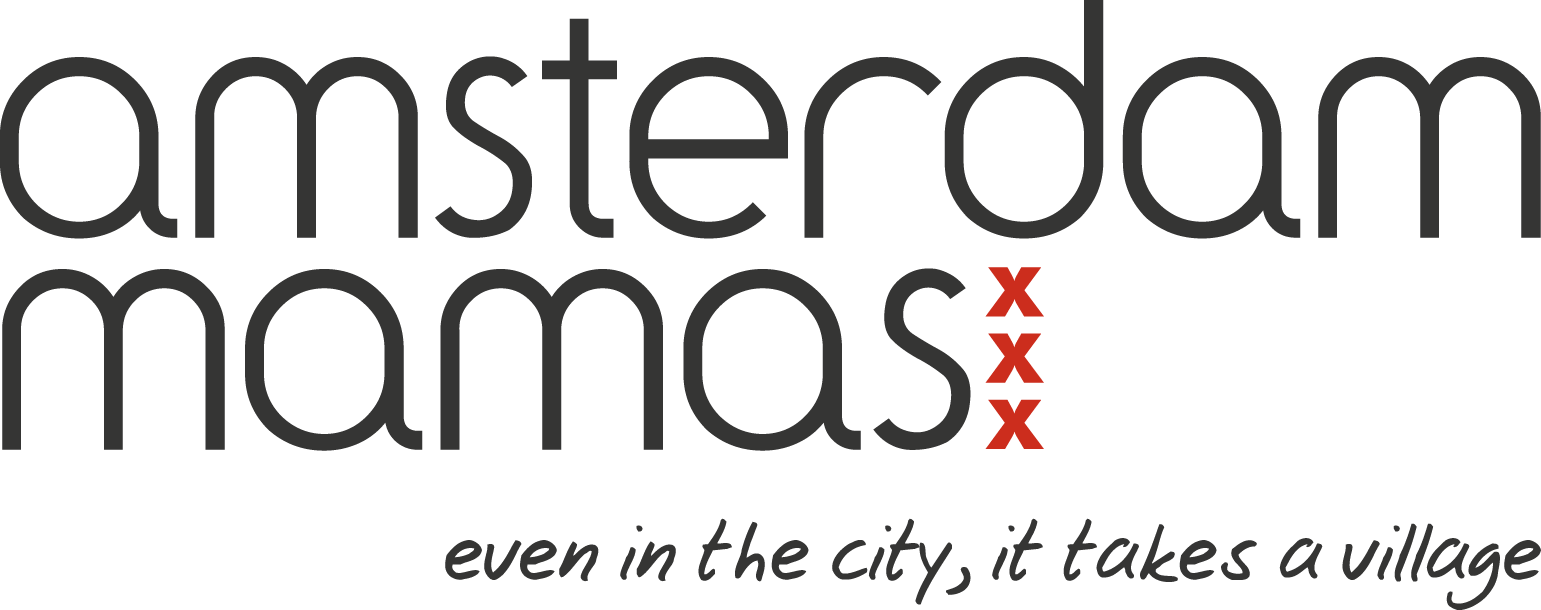After moving from Ireland to Amsterdam and placing her three children in a Dutch public school, one of our mamas shares her tips for other parents placing their non-Dutch speaking children in the Dutch school system.
When we packed up our life and three children, we were excited, hopeful, and quite scared. As one goal of ours was to immerse our children in a new language and culture, we chose to send them to a local dutch school.
Searching for a school from abroad was difficult and time-consuming, but eventually we found a school that would take all three of our non-Dutch speaking children. After the move itself, the first day of school loomed ahead: the pinnacle of fear and excitement for us all.
After three weeks of “new experiences”, which ranged from being strongly chastised by a supermarket assistant, to accidentally driving down a tram only street, I was almost ready to take the next plane home.
So it was in a rather apprehensive and dazed state that we sent our two eldest boys, aged 9 and 7, off to their first day– new school, new country, new language, new culture. Though everyone survived, it was a difficult first day and week. However, slowly the boys became more comfortable and began to engage with their classmates. After a month, they were visibly more relaxed and were happy to attend school. Six months later, my 4 year-old started Group 1. Her adjustment took longer; after a shaky few months of finding her feet in the group and learning the language, she began to look forward to school. Two years later, they are all thriving and bilingual, and I can share some of the things we have learned along the way.
1. Smile like your life depends on it.
On that first day, though you might want to run and hide yourself, put on a smile and keep your body-language friendly. Use the moments after drop-off to introduce yourself to the other parents. These people will become your link to the workings of the school, remind you of days off or events, and some will, hopefully, become your friends. Let them know your child is new, nervous, and in need of extra-friendly faces. It might be intimidating, but remember that your child is sitting in a room full of children who speak a different language, so the least you can do is set an example.
Ask your child if there is a favoured friend you can ask to come over to play. Play dates are a sure way to connect home and school, build your child’s social links, and facilitate your getting to know the parents. But don’t panic and desperately organize five play dates a week. Don’t push it too much, as these things take time.
Takeaway: Seeing you make connections will help your child feel more comfortable, and increase her feelings that she belongs to this new community.
2. A Support plan for language learning.
Ask the school to make a plan about how they will support your child’s language learning. After language proficiency, all else follows: academic learning, making friends, understanding the school culture, and so on.
Depending on the age of your child and where you live, your child might first attend a language immersion school full-time, or attend a Taalklas (language class) for two mornings per week instead. It is also possible that the school will handle your child’s language acquisition internally, with an on-site tutor. If your child is younger than 6, they will join the dutch school directly, as their second language acquisition will develop naturally through classroom participation and play.
Make sure to get specific and detailed information about the support your child will receive, and for how long. Ask the school what extra help is available, if needed, either from a school logopedie (speech therapist) or a support teacher within the school. Every school has a Intern Begeleider whose role it is to assist the teacher to deal with any pupil-related issues. Do make yourself known to him/her and if there are any language difficulties, teacher/pupil issues, curriculum, or bullying concerns, you can request a three-way meeting with her and the teacher to try to find a solution. The IBer will help if the teacher cannot.
You may decide it’s necessary to pay for extra tutoring help for older children, but consult first with the teacher.
Takeaway: Create and maintain a good relationship with your child’s teacher and school administration. Liaise with the teacher often to keep up to date and don’t hesitate to be assertive. Feedback is imperative, and if your child is having difficulty, you need to know about it so together you can make a plan.
3. Be patient! It takes time.
It will take time to acquire the language, even for young children. Expect up to six months before they are speaking much, and up to a year before they are truly comfortable. Older children may take 5-7 years to reach advanced academic fluency. Though most children follow a general time-scale of language acquisition, personality, cognitive ability, and confidence levels can cause individual differences.
Acknowledging that my children needed time to learn in their own way and at their own pace has been a learning curve for me. I’ve had to back off at particular times, and resist the urge to force it or place undo stress on my children. It was interesting to see my children’s different learning styles, and how they favour one over another. They each learned in their own way, and in their own time.
Takeaway: Educate yourself about bilingualism/multilingualism: Q&A With Eowyn Crisfield, On RaisingBilingualChildren
4. Support their Native Language.
It is so important that immigrant children retain competence and pride in their native languages. Sometimes a child can feel embarrassed if their home language is not well-known or of little interest to their peers and teacher. To counteract this, be sure to remain confident of your home language, regardless of outside opinion, and transmit this importance and pride to your child. Seek out friends, activities, and events where your native language is centre stage. Having regular native language opportunities will enhance your child’s cognitive and social-emotional skills.
Takeaway: Ideally, a first language need not be diminished because of second/third language acquisition.
5. Enrichment Activities
On reflection, it was not the best idea to sign up for the local Dutch-speaking sea-scouting group while my kids were in the second month of a new school and country. They gave it their best shot, but quickly asked for English-language activities. After 18 months, they were comfortable joining Dutch football, dancing and music classes. Two years on, they have a mix of English and Dutch language activities which is ideal for them. Accessing quality Dutch after-school activities can fast-track your child’s integration with peers and complement school and playground language acquisition. It can also facilitate their absorption of a variety of specific language uses.
Takeaway: Enroll your kids in Dutch-language extracurricular activities…..when they are ready.
6. Know who/what you need to know.
Find out who the Class Mother is, and introduce yourself. She (for it is usually a she ) is the link between the teachers and parents, and will keep the parents informed, often via email, of class events, trips, swimming classes, and opportunities to help, etc. Often, a note is pinned outside the classroom door with information for parents. Take a photo with your smart-phone and use Google Translate later. If you cannot speak the language (yet!), or Google Translate lets you down, you can ask another parent to give you a run-down of what you need to know.
Get up to date with the various Dutch school traditions, e.g. Sinterklaas, birthday traditions, and so on. Volunteering to help with a school trip or classroom activity will help parents integrate too, so consider this even if your own dutch language skills are lacking. Sign language, very basic phrases, and even your child’s translations will be enough to participate. Many parents will speak English also so just jump in and be involved.
Takeaway: Rest assured your first year in dutch school will be a baptism of fire where no doubt you will forget/not be aware of at least one important event. Welcome to the expat mamas club!
Choosing a dutch school for your non-dutch speaking kids is an exciting opportunity, with many potential positive outcomes to recommend it. Despite the initial hard work, it will be worth it eventually. Two years in, I am amazed when I hear my children speak effortlessly in a second language with their teachers, school-friends and kids on the street, while the language of home life is our native English language with smatterings of Irish (Gaelic) thrown in. Bilingualism is a wonderful gift to give your child, and they will surely reap many cognitive, social and emotional benefits.
photo credit: Peter Hilton via photopin cc






